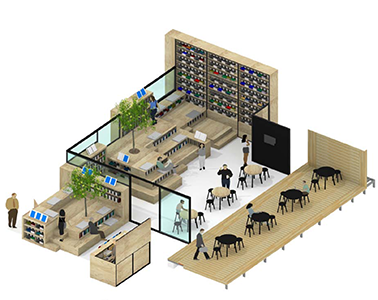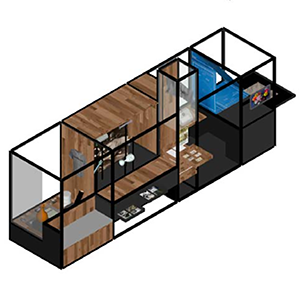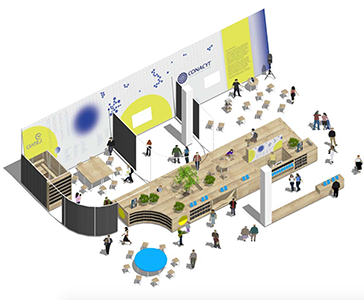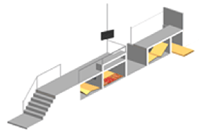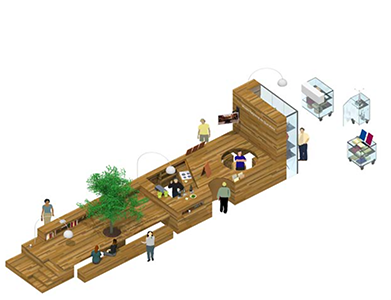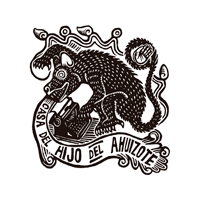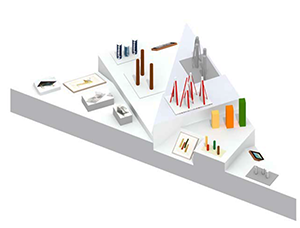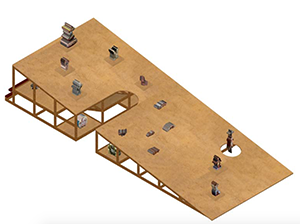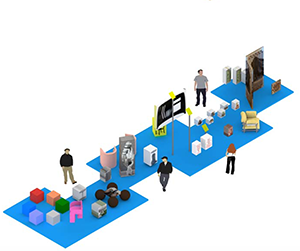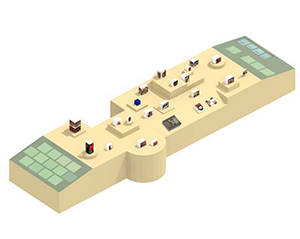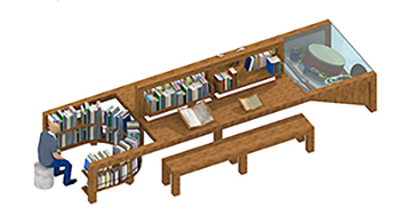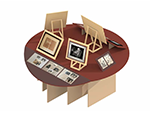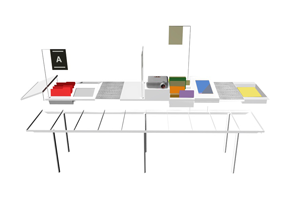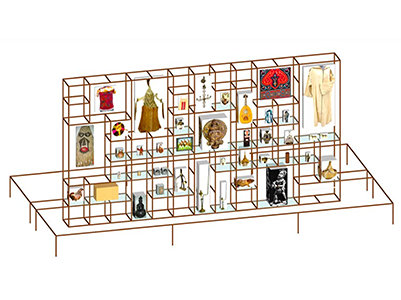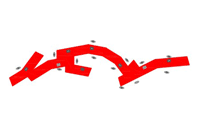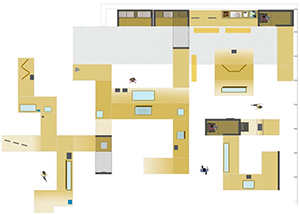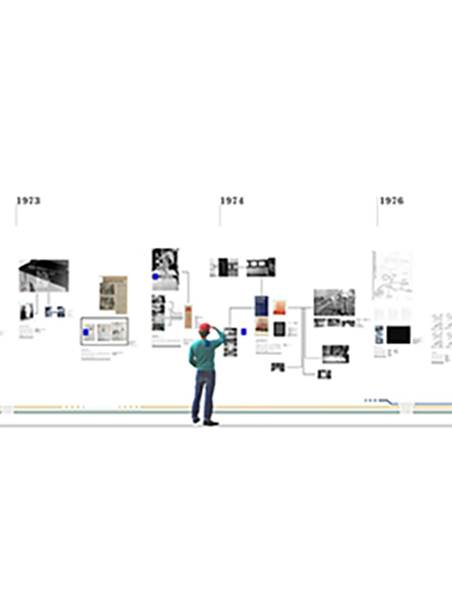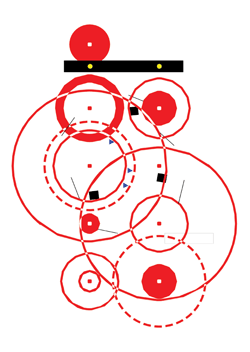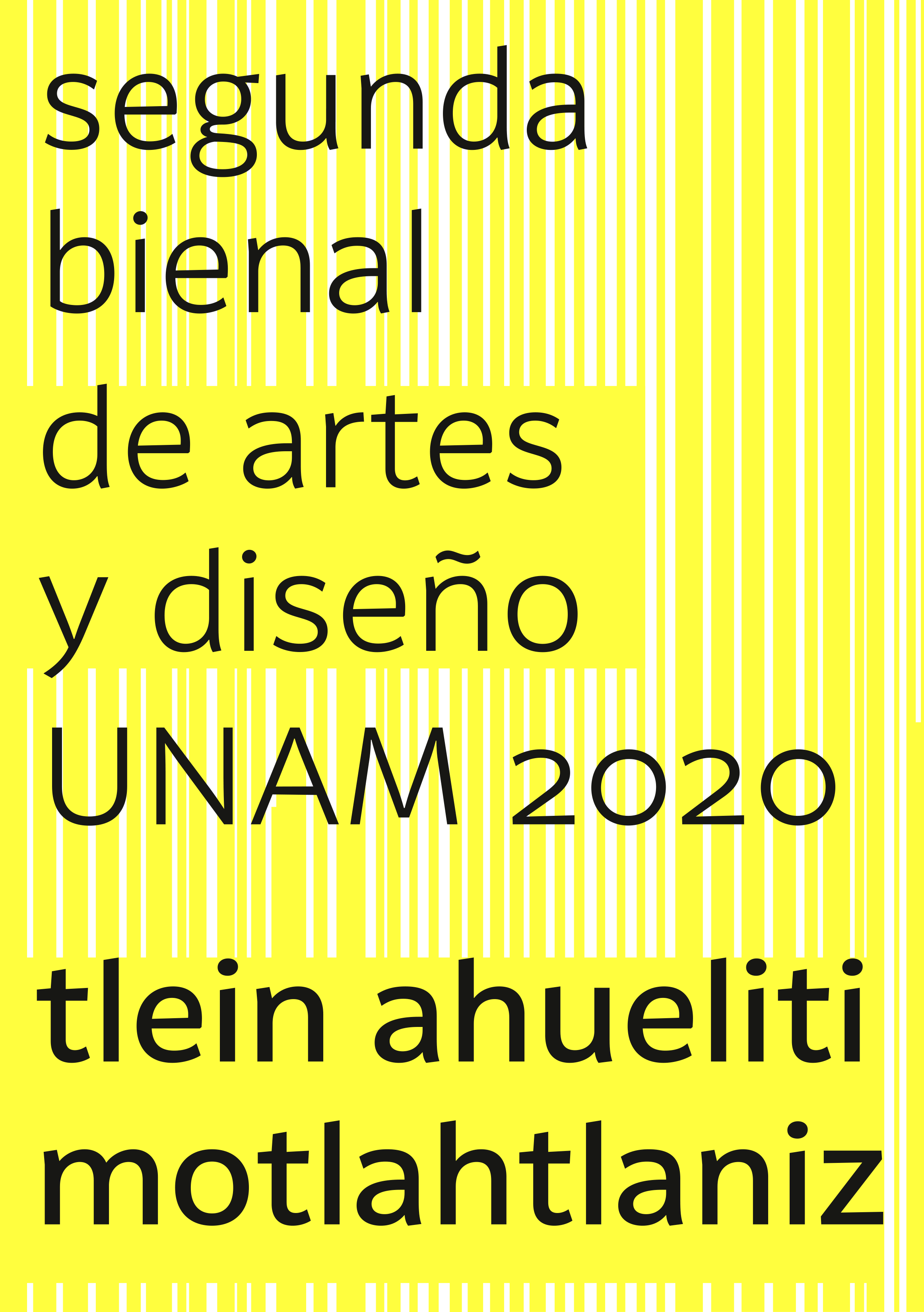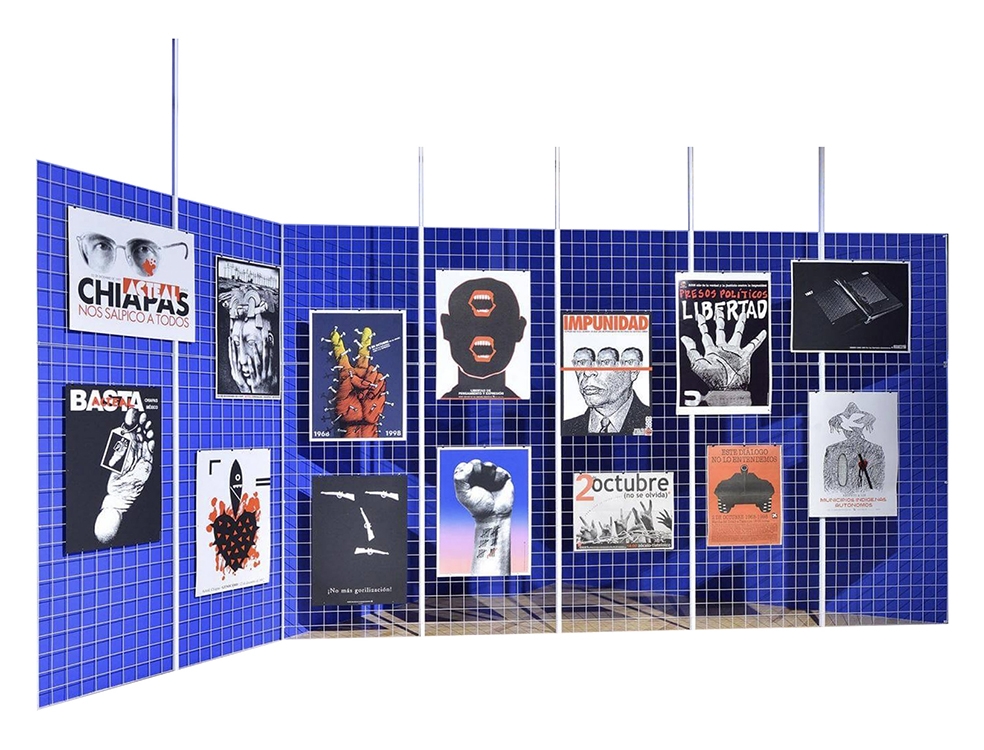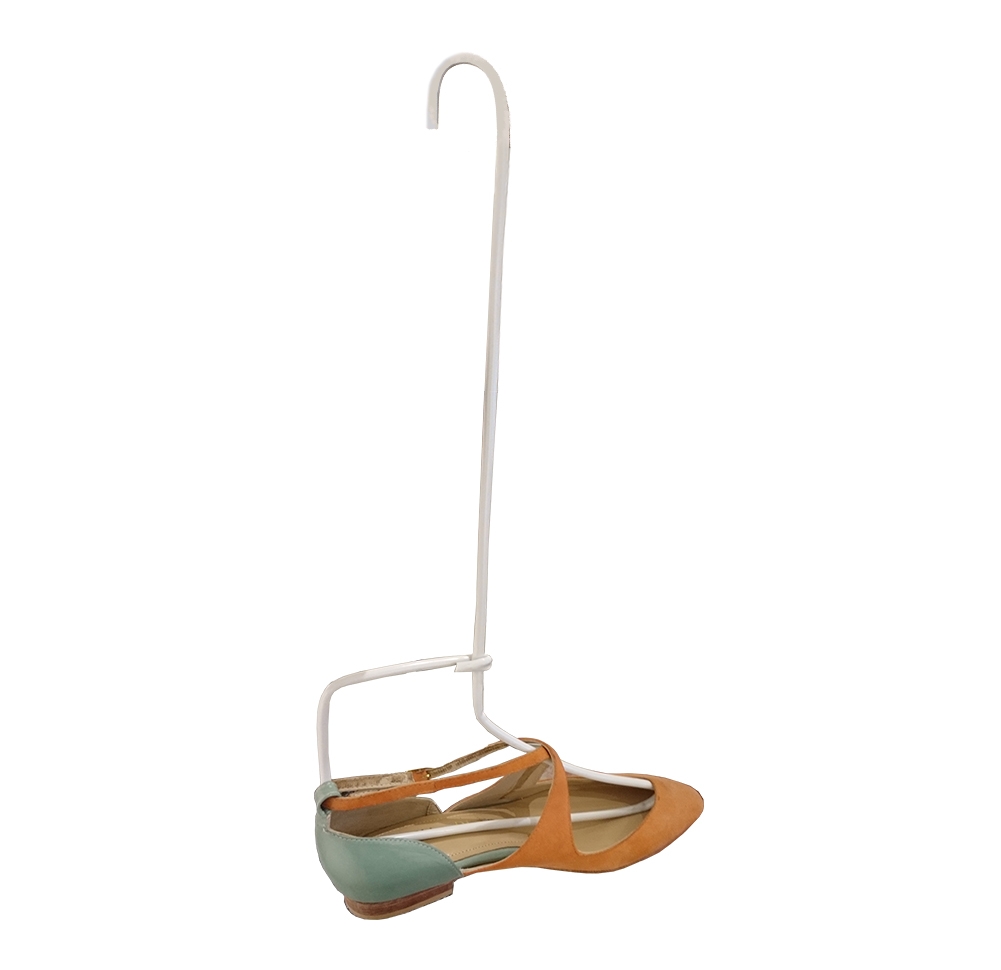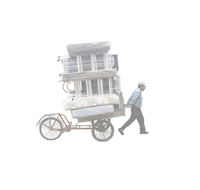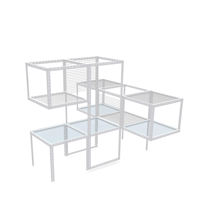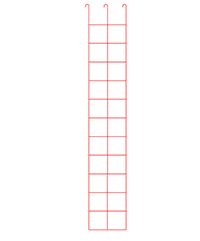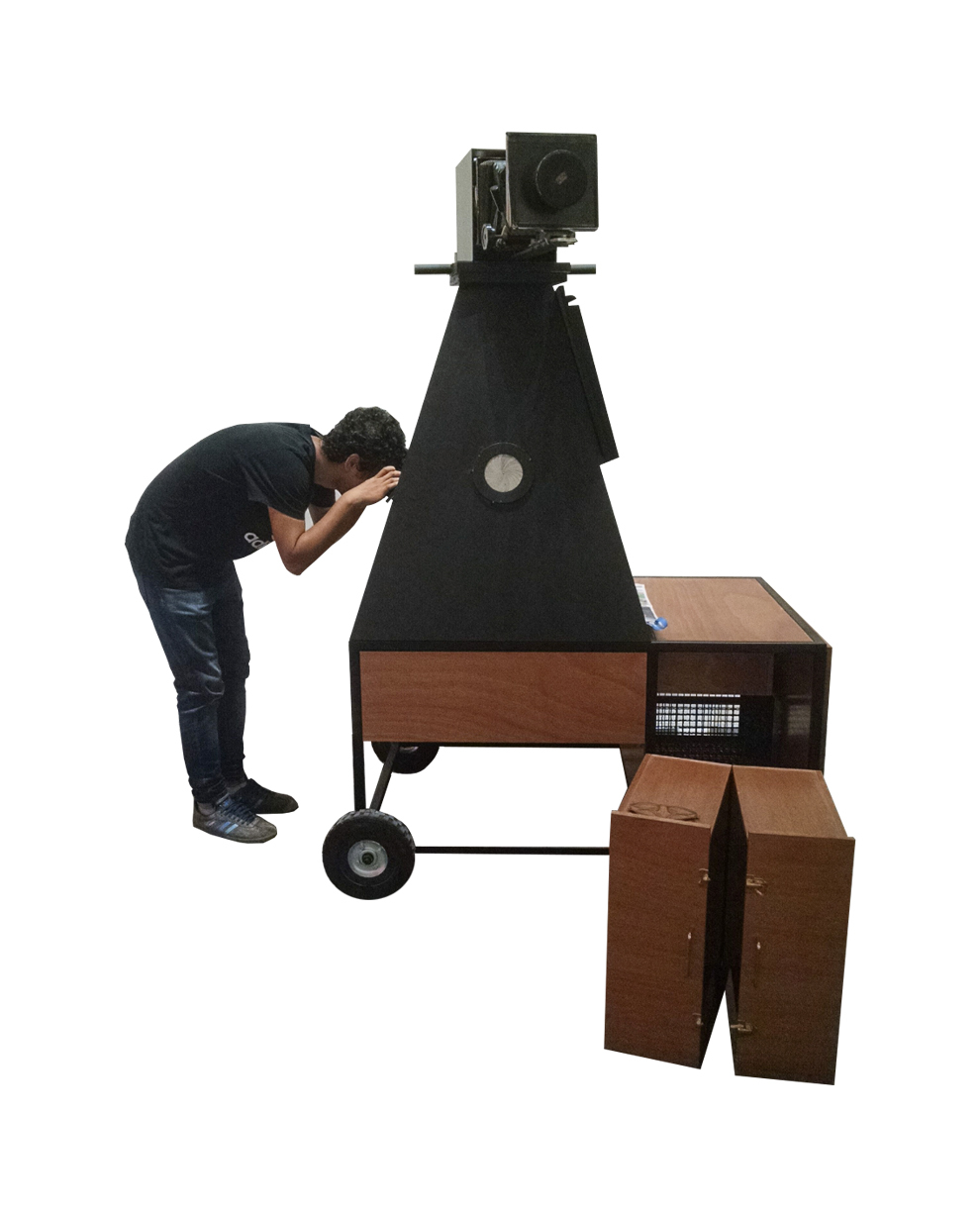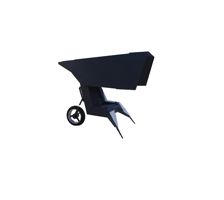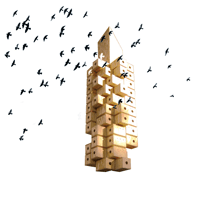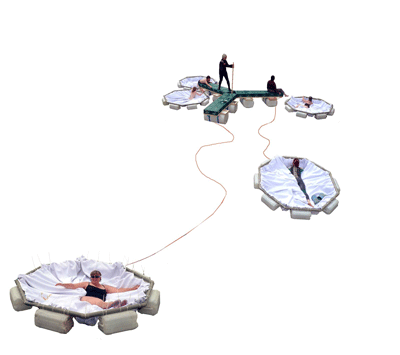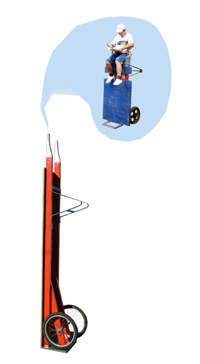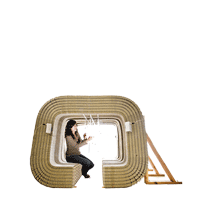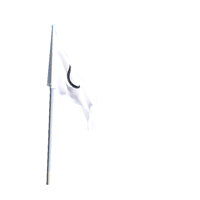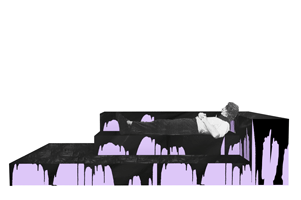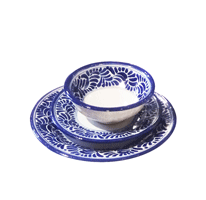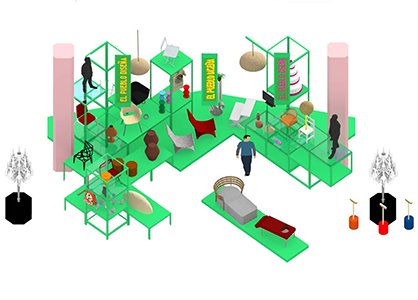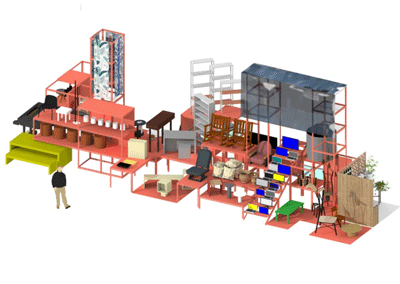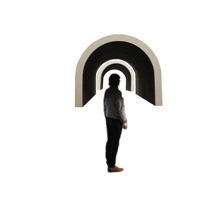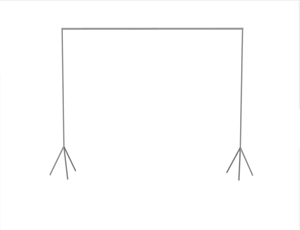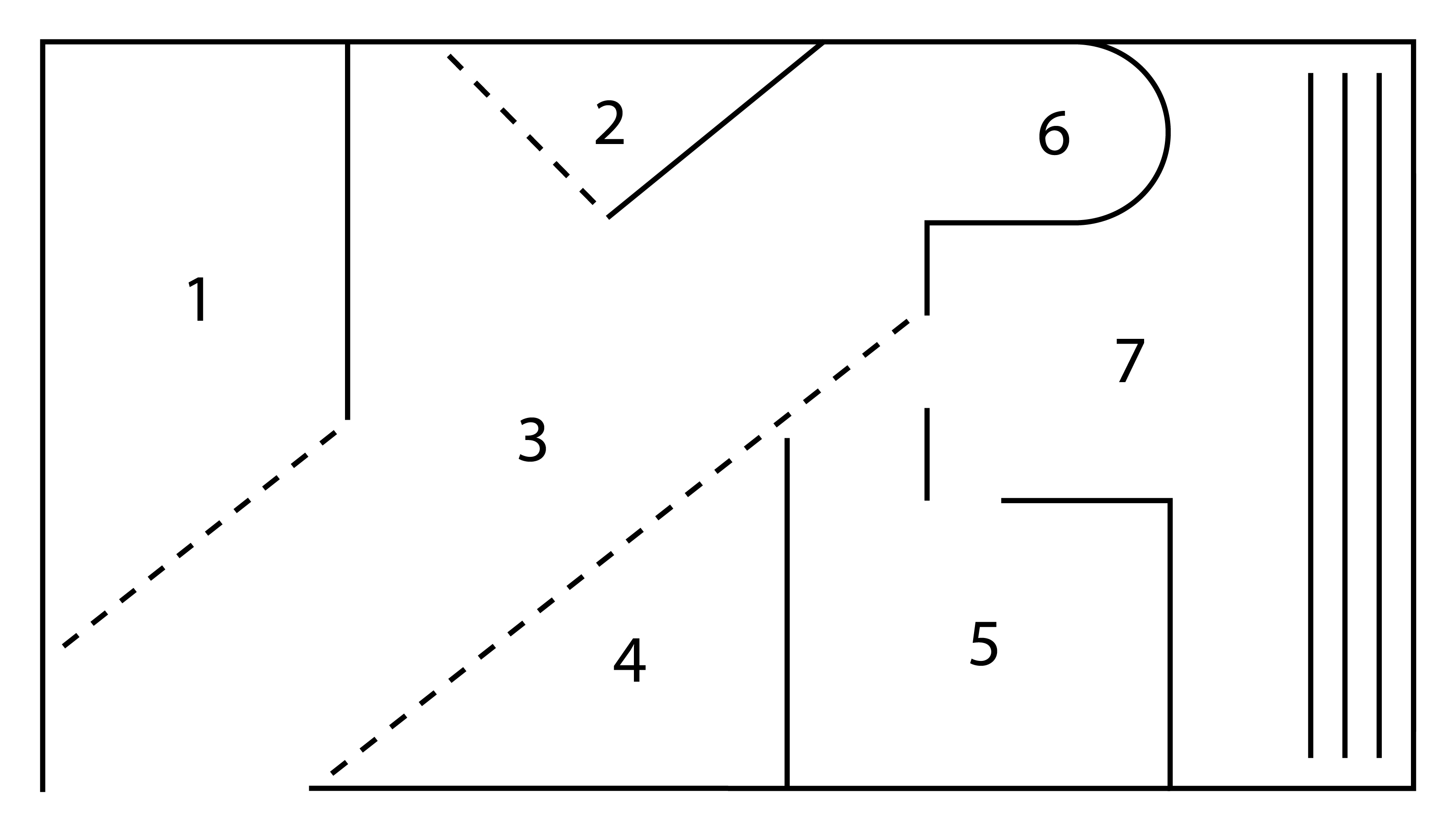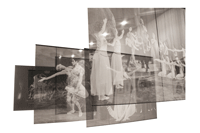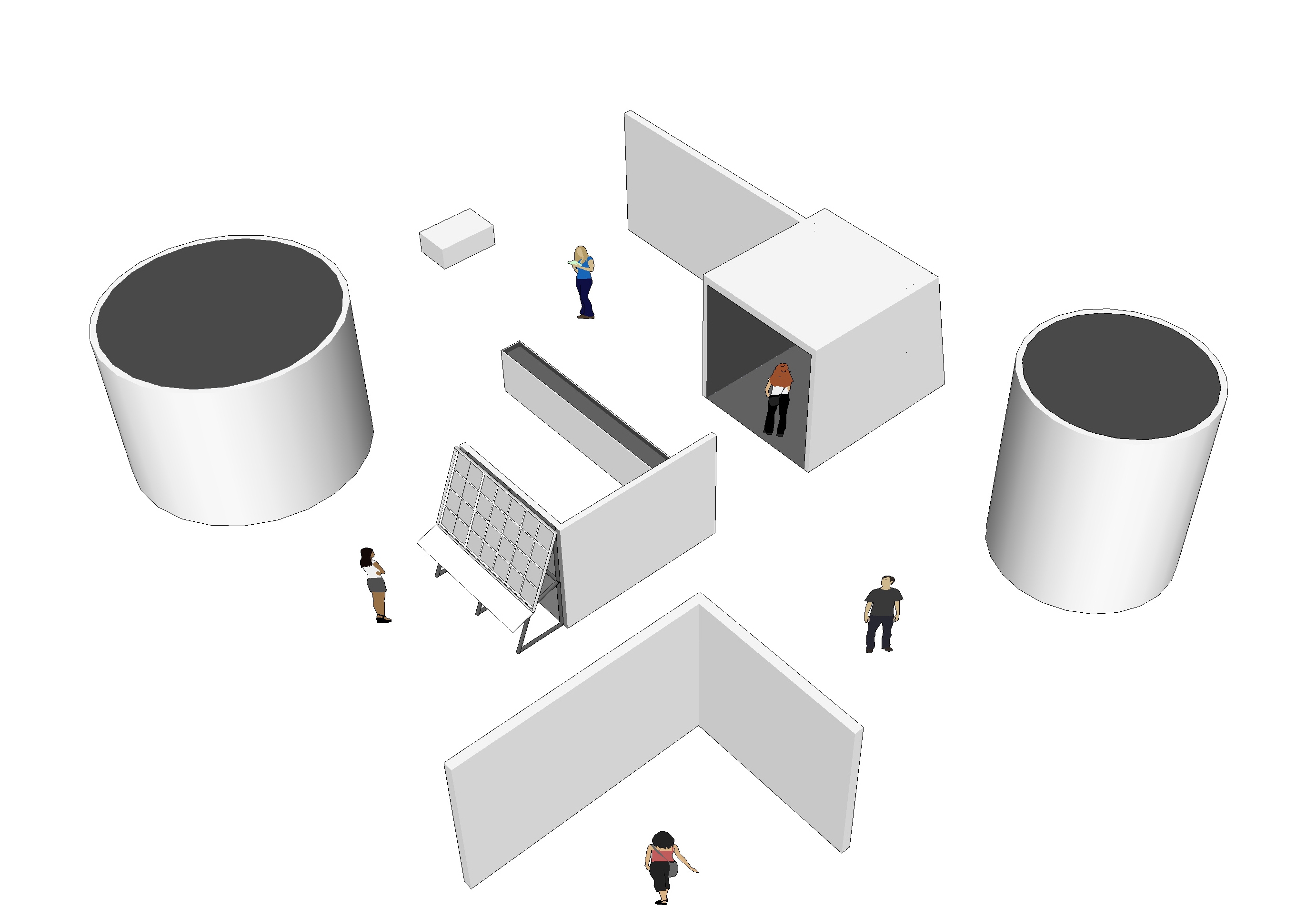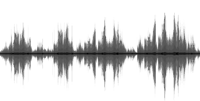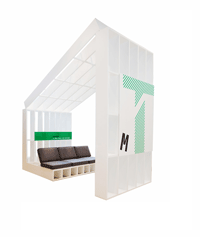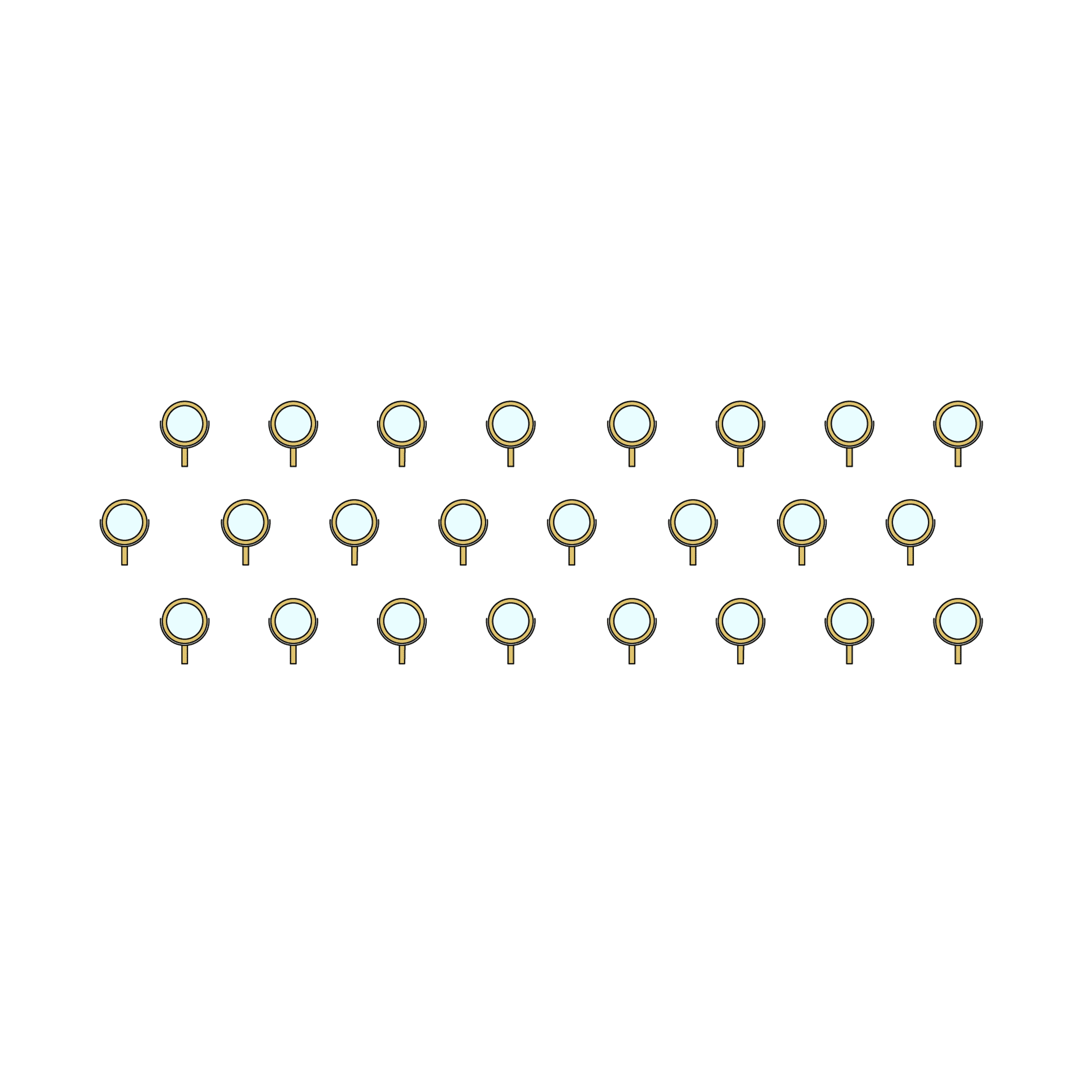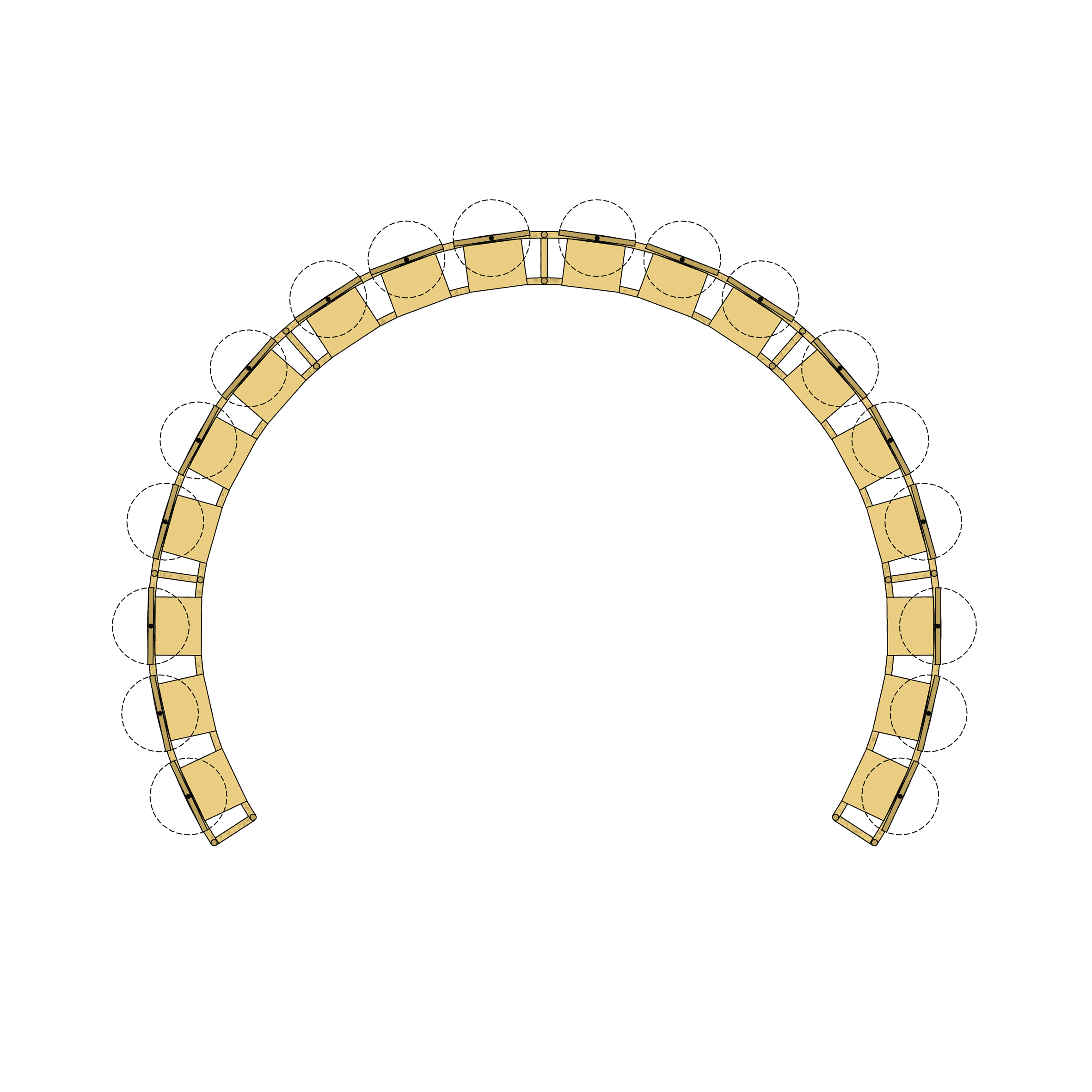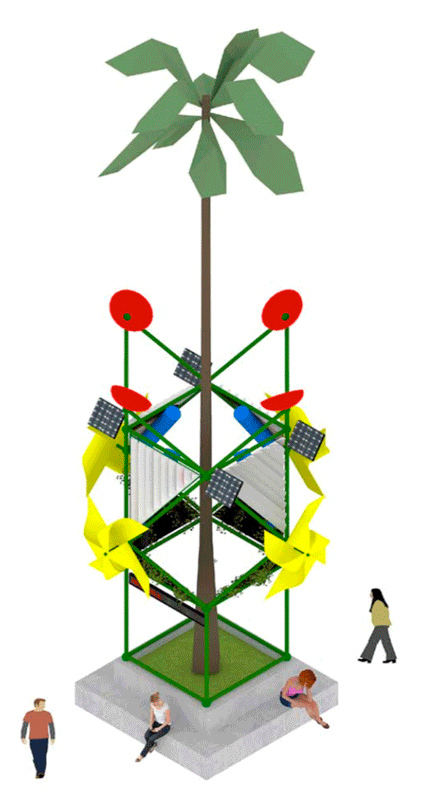Museographies, as habitable architectural furnishings, serve as architectural exhibition platforms that, in the form of islands, occupy the center of the room. They feature the construction of a central museographic entity that can have its own dynamics and engage in various ways with the surrounding walls of the space, also helping us to break free from our dependence on the walls. This allows for the creation of a central imagery without relying on the walls.
Network tables Museographies
Network tables Museographies
They are museographies outside the wall that take place on tables and islands as habitable platforms and information topographies.
Common Knowledge Museography
Common Knowledge Museography
Common trades and anthropology of knowledge
Loitering Performative Museography
Loitering Performative Museography
Mobile devices to active phenomena
Furniture: Mobile, movable, traveling, moving. Contrary to a property or real state, a building is immovable, it does not move – it is a property. The city is built of real buildings but also of tables, chairs, bookcases, movable flower pots, which furnish the interiors of houses and buildings, as well as the exteriors of streets, squares and sidewalks of our Latin American cities, turning the streets into temporary kitchens, shops, dance halls or open-air markets. They micro-construct the city every day in the morning and de-construct it every night using elements that can move, furniture.
Modular assembly museography
Modular assembly museography
Museographies to reuse or just use and throw away?
Mechanic Museographies to interact
Mechanic Museographies to interact
¿How to exhibit documents in Art Museums?
